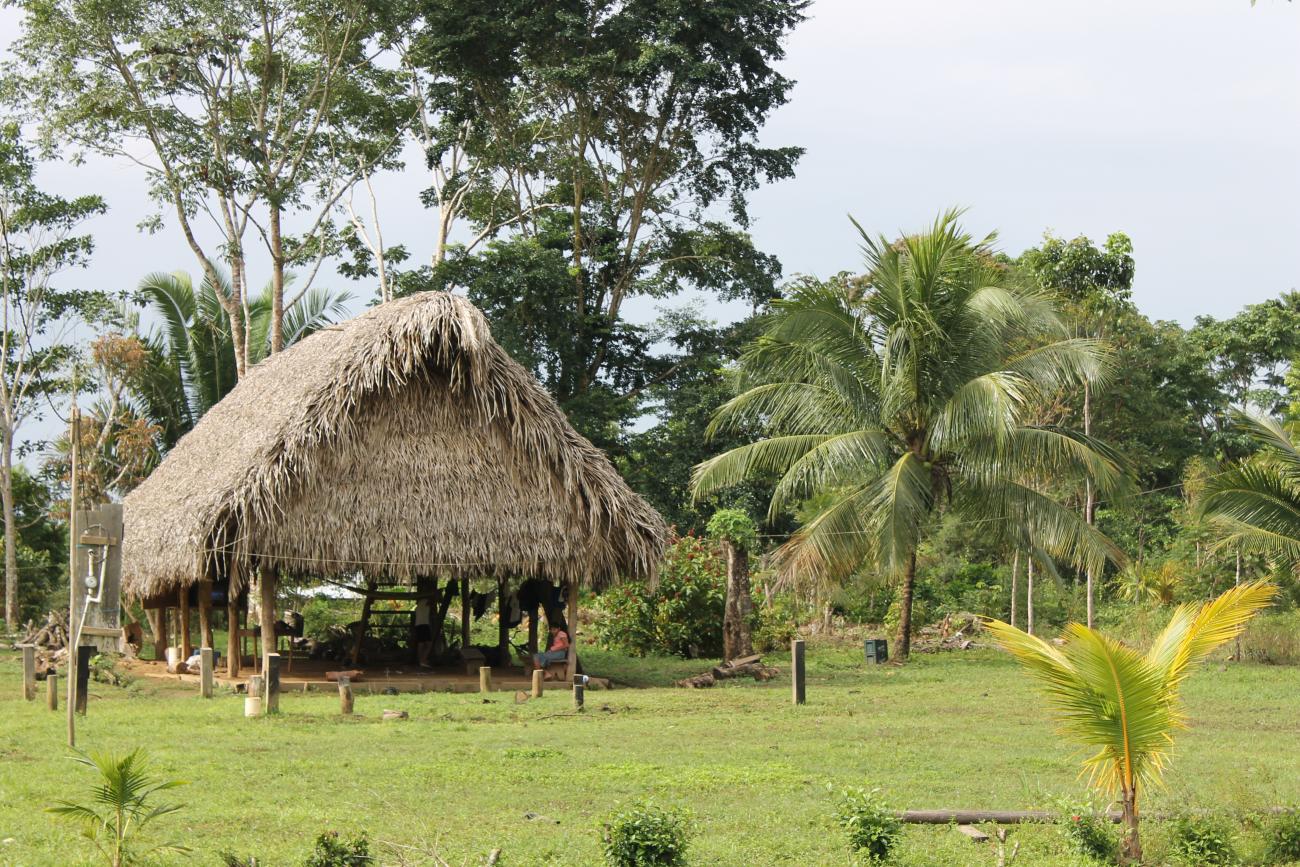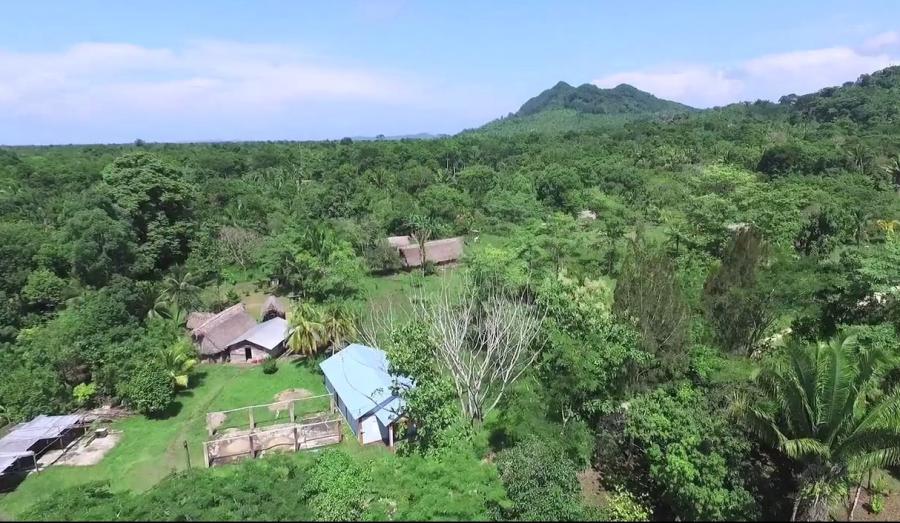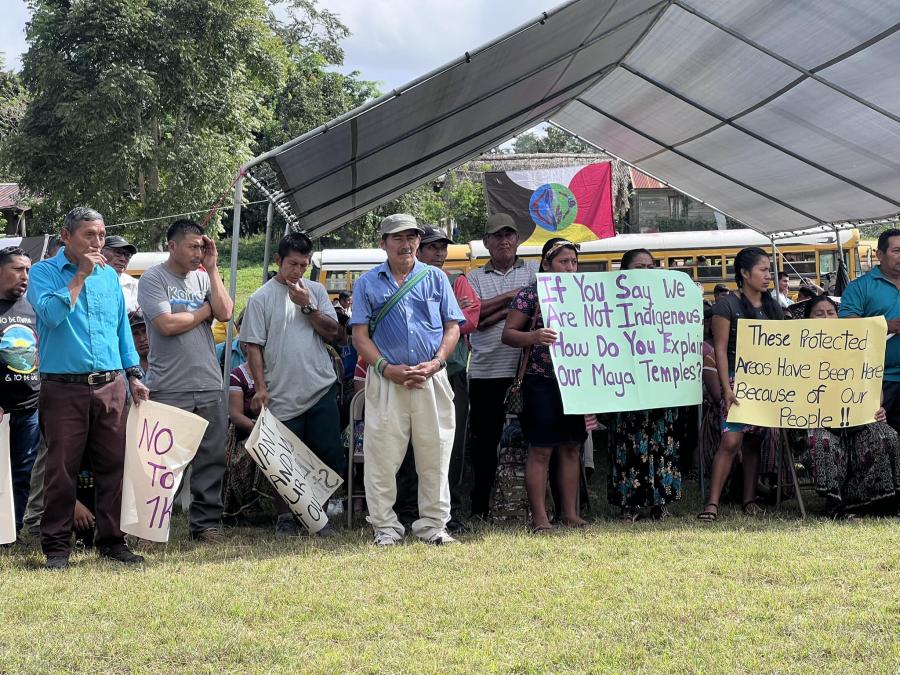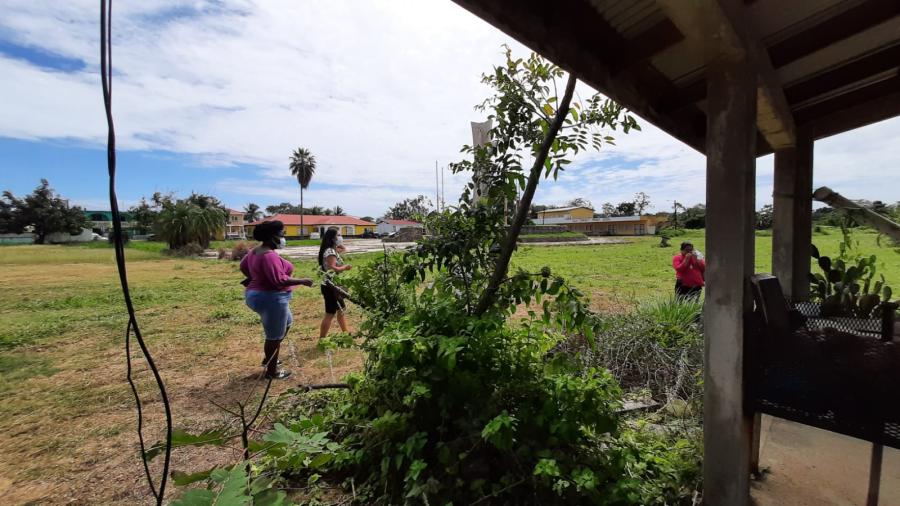
The government of Belize submitted a Voluntary National Report on the country’s progress towards realizing the 2030 Sustainable Development Goals, to be presented at this week’s High Level Political Forum at the United Nations in New York along with 44 other countries.
The report detailed presentations on goals pertaining to marine life protection, poverty, health, and gender equality, but it is noted that it is entirely absent of reporting on indicators related to Indigenous Peoples in Belize. Of note is that the report was not developed with any input from representatives of Indigenous communities.
Significant progress towards realizing the development goals, like the earlier Millennium Development Goals, has been tempered by the criticism that progress has not made evenly across race, ethnicity, social status, and gender lines. Indigenous Peoples, along with other minority groups, have pushed for parties to recognize that the next agenda for development must “Leave No One Behind.” Yet, Belize is on track to again leave the Maya Peoples behind.
Sustainable Development Goal 1: No Poverty
Goal 1 of the SDGs states, “End poverty in all its forms everywhere.” One of the official indicators, or measures of success towards achieving the goal, focuses on the “proportion of total adult population with secure tenure rights to land, with legally recognized documentation and who perceive their rights to land as secure, by sex and by type of tenure.”
Indigenous Peoples are specifically guaranteed legal rights to their lands under the UN Declaration on the Rights of Indigenous Peoples, a minimum standard endorsed by Belize in 2007:
- 26.1 Indigenous peoples have the right to the lands, territories and resources which they have traditionally owned, occupied or otherwise used or acquired.
- 26.2. Indigenous peoples have the right to own, use, develop and control the lands, territories and resources that they possess by reason of traditional ownership or other traditional occupation or use, as well as those which they have otherwise acquired.
- 26.3. States shall give legal recognition and protection to these lands, territories and resources. Such recognition shall be conducted with due respect to the customs, traditions and land tenure systems of the Indigenous peoples concerned.
On this occasion of Belize’s review it must be noted that according to national figures over half of population of rural Toledo live in poverty. Rural Toledo is home to the Maya people. The Maya People of Southern Belize have identified land rights to be a crucial indication of their well-being. It’s what pushed for strategic litigation and have successfully secured legally affirmed rights to lands they used and occupied before the highest court of Belize.
If Belize is truly committed to ending poverty for all Belizeans, implementing and not stalling the Court Orders to protect in law the Maya Peoples tenure to their lands is a crucial next step.
Leaving No One Behind
The Maya people of southern Belize joins Indigenous Peoples at the 10th Session of the Expert Mechanism on the Rights of Indigenous Peoples that was recently held in Geneva that, “States support indigenous community-based monitoring towards the implementation of the SDGs for the process of measuring progress towards these Goals.” This call is reiterated by the coalition of Indigenous Peoples organizations participating in the SDG planning and review process currently being held in New York - a recommendation for states on how to ensure that no one gets left behind. Their 2016 High Level Political Forum Paper recommends that every country adopt a National Sustainable Development Strategy (NSDS) through a participatory process that is inclusive and invites stakeholders, such as Indigenous Peoples, for substantive input. The UN Permanent Forum on Indigenous Peoples’ Issues also stresses, “It is crucial that States include indigenous peoples in their planning, programmes and budgets as well as in their targets and indicators to review progress of the 2030 Agenda.”
If Belize is truly committed to achieving the SDGs it is crucial that the Indigenous Peoples of Belize are a part of the implementation and monitoring of progress.
Only two goals currently include indicators that specifically mention Indigenous Peoples:
Goal 2. End hunger, achieve food security and improved nutrition and promote sustainable agriculture
- Indicator 2.3: By 2030, double the agricultural productivity and incomes of small-scale food producers, in particular women, indigenous peoples, family farmers, pastoralists and fishers, including through secure and equal access to land, other productive resources and inputs, knowledge, financial services, markets and opportunities for value addition and non-farm employment
- Indicator 2.3.2 Average income of small-scale food producers, by sex and indigenous status
Goal 4. Ensure inclusive and equitable quality education and promote lifelong learning opportunities for all
- Indicator 4.5 By 2030, eliminate gender disparities in education and ensure equal access to all levels of education and vocational training for the vulnerable, including persons with disabilities, indigenous peoples and children in vulnerable situations
- Indicator 4.5.1 Parity indices (female/male, rural/urban, bottom/top wealth quintile and others such as disability status, indigenous peoples and conflict affected, as data become available) for all education indicators on this list that can be disaggregated
Belize Voluntary National Report: https://sustainabledevelopment.un.org/content/documents/16389Belize.pdf



